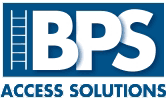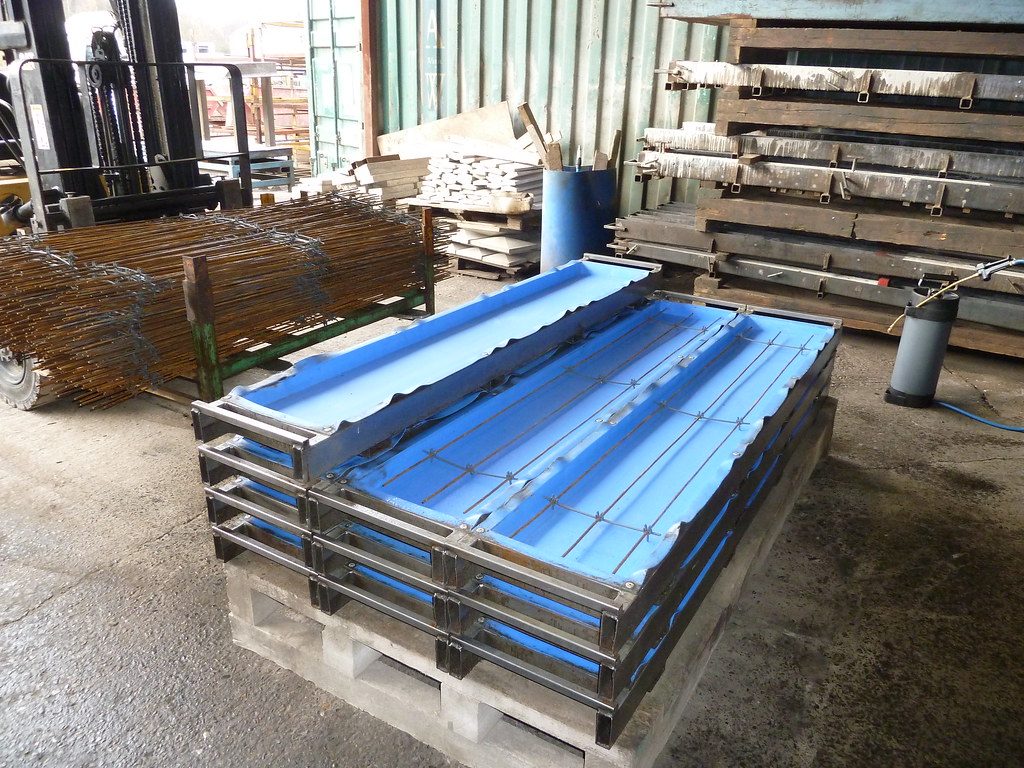A scaffold is made up of both pipes and boards to create a stable foundation usually for intensive outdoor work. But unless you’re a labourer who works with them every day, you may not understand the basics of what to shop for when it comes to scaffolding and DIY work. As a result, BPS has created this blog on scaffold board dimensions, types and standards to serve as guidance.
To do a quick maths lesson, the dimensions are made up of the scaffold board width, length and height. Height will sometimes be referred to as scaffold board thickness.
With that in mind, you might be wondering what the standard scaffold board size is.
The standard is as follows: 38mm thickness, a width of 225mm, and a length of up 3.9m (13ft).
It’s important to note that the standard is typically not deviated from because of how uniform practices have become, meaning, most workplace or construction situations you enter will also likely use these scaffolding board dimensions.
However, not all scaffold work is the same. In fact, sometimes scaffolding boards for work outside of standard construction use. Depending on the type of work, you may want to deviate from the standard scaffold board sizes, particularly when it comes to the required length.
Scaffold boards may come in a typical length of 13ft but are also available in sizes including 5ft, 6ft, 8ft and 10ft. Scaffolding boards of 13ft of 10ft will be most suitable for scaffolding structures, whereas the shorter lengths may be used for DIY projects.
Before we get into the different types of boards available, let us take a look at some of the laws or regulations concerning scaffolding boards.
Laws Concerning Scaffold Board Dimensions
For every industry involving hazardous environments, there will almost always be accompanying laws in place to protect workers or customers. You might therefore think that there would be laws concerning the dimensions of a scaffold board, but you’d be wrong.
Even following the Working at Height Regulations 2005, there is no set requirement to follow the widely respected TG20 guidelines for scaffolding use, which are essentially technical guidance and not a statutory requirement. So beware that the standard size of scaffolding boards is not always adhered to.
That being said, regular checks and inspections are in place with scaffolding to search for deficiencies. On top of that, the consequence of a worker being injured, or worse, as a result of poor care on behalf of the company could lead to business disruption, thus incentivising companies to prioritise the safety of their workers.
As a result, if you’re personally heading up any work involving scaffolds yourself, you had best refer to the TG20 guidelines for improved safety. Now, let’s get into the different scaffolding board types available.
Scaffold Board Types
Reinforced Metal Scaffolding Boards
This is perhaps the most common of all scaffold boards. The metal is made of steel which provides the greatest strength and is at a relatively low cost. A scaffold with reinforced metal boards can usually hold up to 450kg, meaning it can withstand the weight of several people and the equipment needed for any work.
On top of this, these boards are usually coated in the anti-rust mineral zinc, shielding the boards from deterioration. Due to the heavyweight rating, these boards are typically used for high load-bearing projects and are usually go-to for construction work.
Aluminium Scaffolding Boards
To those who don’t work with metals, aluminium may conjure up images of foils, cans or another food packaging – materials that you wouldn’t want to trust with your body weight! Nonetheless, aluminium is a popular scaffold board material due to its strength and lightweight nature.
The weight factor enables easy assembly and disassembly for work that requires the movement of scaffolding platforms. They are rust-resistant, long-lasting, and highly affordable – meaning they are a good option, especially in work situations where work is lighter in nature and not quite as heavy load bearing.
Wood Scaffolding Boards
Wood scaffolding is easily the cheapest type of scaffold on the list. They are light, although not as light as aluminium, but still easy to move around a worksite. Timber boards are usually banded at each end with a metal strip to prevent splitting and wear and tear.
Being made of timber, they are vulnerable to the elements so are not resistant to water deterioration, rot, or even rust on the banded ends. That said, wooden scaffolding boards are a cost-effective option that still provides the right combination of strength and stability for the majority of situations where scaffolding is required.
LVL Scaffolding Boards
An alternative to standard wood scaffold planks is laminated veneer lumber (LVL) boards. These are engineered wood product that is laminated by durable glues and is lighter yet stronger than traditional hardwood boards.
Laminated boards will generally last twice as long as traditional wooden scaffolding boards and do not require metal end banding. It is even possible to use fire-retardant laminated scaffold boards to improve construction safety on sites where the type of work being carried out has a greater fire risk.
What about options when full scaffolding is not required?
There may be occasions where typical scaffolding is not essential but an alternative can be used. This is where staging boards can be a useful option as they provide a safe platform to work from when a ladder isn’t quite suitable, perhaps when you need to cover a vast working area without needing to keep moving your equipment.
BPS supplies aluminium-constructed staging boards in two widths – 450mm and 600mm – and these are available in lengths ranging from 3.05m to 5.95m. Our staging boards have a massive weight rating of 270kg (42 stone) and a non-slip platform that makes them a safe option. Add to this our competitive pricing and no-question money-back guarantee to make BPS your go-to option if you need staging boards for your projects.
No related posts.



